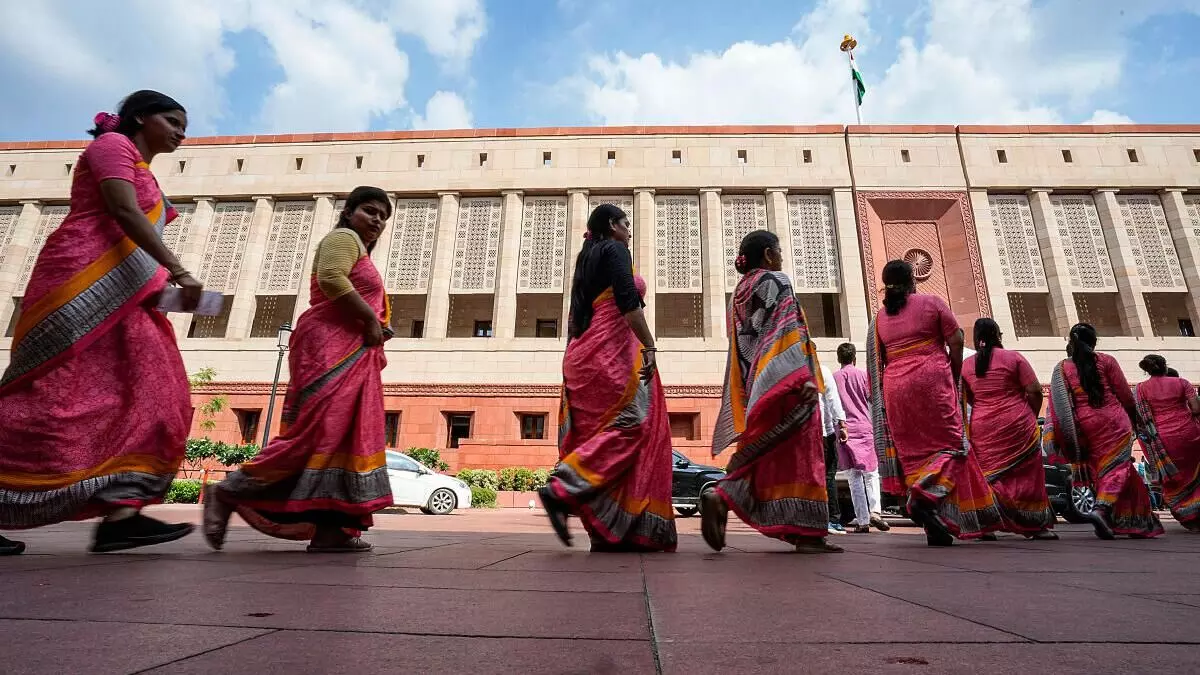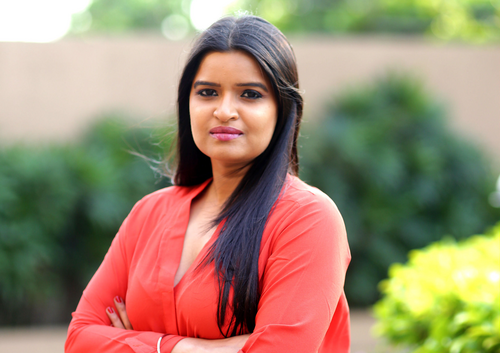New Lok Sabha, fewer women MPs
Female representation in the 18th Lok Sabha drops even as the time to implement 33 per cent reservation nears

Now that the dust has settled on political turncoats and ‘will he, won’t he’ politicians, let’s look at the newly elected 18th Lok Sabha, shall we? This could be the richest Lok Sabha so far with a whopping 93 per cent of MPs being crorepatis, as per the Association of Democratic Reforms (ADR). This 18th Lok Sabha is also considerably aged; at 56 years, the average age has dipped from 2019’s 59 years with silver-haired politicos pushing down the percentage of young guns aged between 25-40 years to a dismal 11 per cent. Two of the winners will be ‘out-standing’ i.e. they are currently in prison. The most disappointing though is that the number of female representation has taken a beating too. So essentially, a bunch of rich, mostly older men governing the nation?
The drop in female representation is alarming considering the extent to which political parties aim to lure female voters that comprise almost half of the population. As per reports, over 642 million voters participated in the dance of democracy with almost half (312 million) being women voters. And yet, only 14 per cent of elected representatives that occupy the house of Parliament are women. More women voted this time, but only 74 sitting MPs are women, dropping from 78 in the last Lok Sabha. The numbers are abysmally low compared to the target figure of 33 per cent. Bharatiya Janata Party (BJP) fielded 69 female candidates, Congress 41, Aam Aadmi Party (AAP) 0, and Trinamool Congress (TMC) 12. Of these, 31 won from BJP, 13 from Congress, 10 from TMC, with the latter continuing to send the highest proportion of elected representatives to the lower house at 38 per cent. Perhaps once again proving true that enhanced female leadership can pave the way for increased representation of women in power.
As per reports, of the 8,337 candidates who stood for election, only 797 were women. The challenge before us as a nation would be to significantly improve female participation in all walks of life, including politics. The implementation of the Women’s Reservation Bill is vital in easing the entry of more women in politics and governance. To that end, the passing of the Women’s Reservation Bill in October last year was historic but now’s the time to walk the talk. The gender gap among elected people’s representatives must be bridged. For instance, the total number of women candidates increased from 720 in 2019 to 797 in 2024 but is almost negligible.
The Women’s Reservation Bill will kick in only after the long overdue Census leads to delimitation and reservation of seats for women. Women shouldn’t just want to be wooed with subsidised gas cylinders and sops. We are more than a vote bank, and we must demand that our voices be included in governance at a pace that’s quicker than the painfully slow progress that we are witnessing now. Lok Sabha 2029 may seem a long way off but it actually leaves precious little time to put into action the decades-old Women’s Reservation Bill. If representation must come through reservation for now, then so be it.
The writer is an author and media entrepreneur. Views expressed are personal



